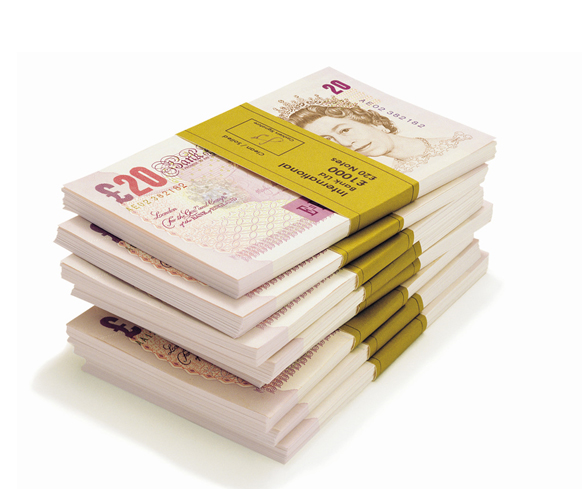The average UK car dealer finished the year strongly making a profit of £27,000 in December, an improvement of £5,000 over the prior year.
This left dealers with an average profit for the year of £225,000, up £19,000 from the result in 2013 and a new record high, according to ASE.
The return on sales percentage dropped slightly however, reflecting the fact that turnover has been increasing at a faster rate than profit, with dealers having to compromise on margins in order to hit required targets.
ASE chairman Mike Jones said: "Behind this record profitability was a split between different sectors of the industry with prestige car retailers having a superb year and producing an average return on sales of over 2.2%.
"The high-end luxury dealers on average lagged slightly behind this overall result in percentage terms with volume dealers producing a return of just over 1%."
Year-on-year, the statistics are now very similar across the board with the improved bottom line profitability a reflection of the increased volume of new and used cars, which rose 8.5% on 2013, he said.
"The improvement in aftersales, which can be seen through the growth in labour efficiency, has been outweighed by an increase in overheads resulting in a drop in overhead absorption.
"This fall in overhead absorption sees dealers once more increasingly reliant on new vehicle sales for overall profitability.
"Given the growth in targets for most dealers in 2015, turnover will have to increase significantly to deliver the same level of overall profitability.
"This could see many dealers aggressively chasing targets and potentially getting into problems with self registered vehicles."
Dealer performance stats - ASE



















KJW - 12/02/2015 11:05
A a few things stick out for me; some of the industry "benchmarks" used don't reflect changes in either the market and vehicle technology. 2.5hrs per retail jobcard is so far out of touch as to be irrelevant. Efficiency and gross profit have remained stable, so those benchmarks appear valid. Overhead absorption needs to be revised down from 80% which is unrealistic for most sites, not least due to the expensive "glass palaces" which manufacturers insist dealerships operate from. The UK dealership model is wrong. Logic states that for any given brand you will need more service sites than sales sites; customers will travel further to purchase a vehicle than to maintain it. Add in that sales and aftersales have differing operational requirements and the indicators are that sales and aftersales operations should be split. This will help control ever increasing labour rates (put in place to pay for glass palaces) and allow more efficient multi-franchise authorised repairer sites. e.g. does every manufacturer brand, often based on shared platforms and technology, really need the overhead of a separate branded workshop within a glass palace? One positive side effect of a split site is that aftersales customers will have somewhere to park, as spaces will not be full of untaxed used cars!